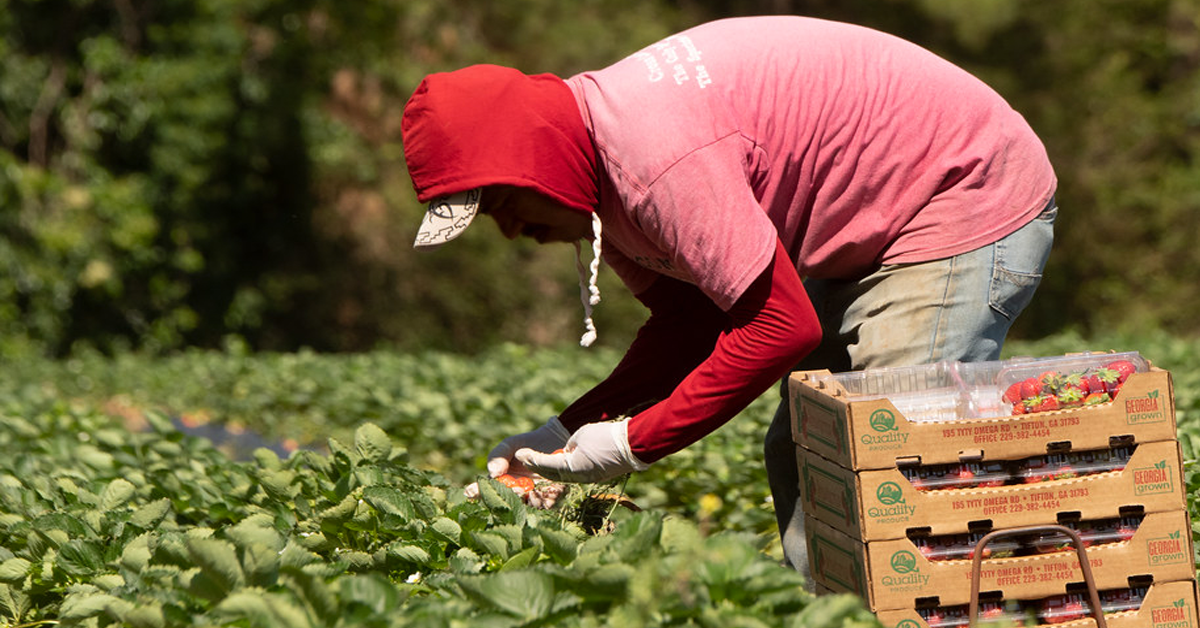California’s mandated first flush of the Sacramento-San Joaquin Delta in January resulted in the vast majority of incoming Delta water being sent out into the San Francisco Bay.
Data from the U.S. Bureau of Reclamation for the month of January revealed that more than 90 percent of all water that entered the Sacramento Delta was pumped out to the Bay and into the Pacific Ocean.
The backstory: In early January, following weeks of heavy rainfall throughout the Golden State, up to 95 percent of all incoming water to the Delta was being purposefully pumped into the ocean at points.
- The flush is triggered courtesy of environmental rules enacted by the Newsom administration requires pumping water to the Bay when Delta inflow increases between Dec. 1 and Jan. 30 every year. The flush lasts 14 days and can only be triggered once annually.
- Alternatively, federal and state officials on the Smelt Monitoring Team can trigger the flush if they determine that conditions pose a high risk to delta smelt migration.
By the numbers: Looking at the entire month of January, 3,352,366 cubic feet per second of water entered the delta, and the state flushed out 3,065,376 cubic feet per second, totaling 91.4 percent of all incoming water.
- From Jan. 9 through Jan. 16, the state only pumped five percent of incoming water every day out of the Delta to the San Joaquin Valley and southern California, with the rest flushed to the ocean.
- California did not save more than 10 percent of incoming Delta water until Jan. 21, when the amount slowly climbed to cap out at 26 percent by the end of the month.
- Total Delta inflow dropped to under 44,000 cubic feet per second on Jan. 31, a fraction of the 182,000 cubic feet per second peak reached on Jan. 18.
What they’re saying: Ted Craddock, the Deputy Director for the State Water Project, pointed to the fact that California has storage capacity limitations and argued that the recent storms underscore the need to double-down on a Delta tunnel, a once-dead water project that Newsom resurrected last year.
- “California saw approximately 32 trillion gallons of water fall on the state during the series of storms in January. That was a tremendous amount of water and the state’s system has capacity limitations as to how much water could be captured even with maximum Delta pumping,” Craddock said. “Despite some environmental limitations, as a result of the winter storms, the State Water Project’s two largest reservoirs, Oroville and San Luis, gained a combined 1.8 million acre-feet of water since December 1. That’s roughly enough to provide water to 6.3 million households for a year.”
- Craddock continued, “The storms reiterated the need for continued investment in modernizing our state’s water capture, storage, and delivery systems. For example, had the Delta Conveyance Project been in place, 202,000 acre-feet of additional water could have been moved into storage between Jan. 1 and Jan. 23. This is enough water to supply over 710,000 households for a year.”











